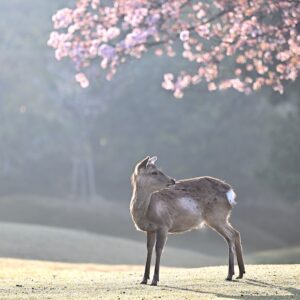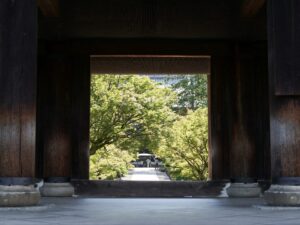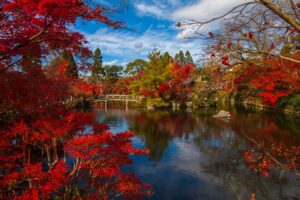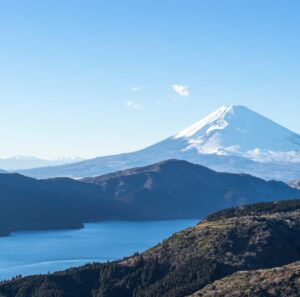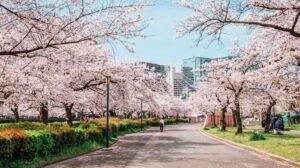History
Todaiji Temple, located in Nara, is one of Japan’s most significant and historically important temples. Founded in 752 AD by Emperor Shomu, it was constructed as the head temple of all provincial Buddhist temples in Japan. The temple’s Great Buddha Hall (Daibutsuden) originally housed the world’s largest bronze Buddha statue, known as the Great Buddha (Daibutsu). Over the centuries, Todaiji has played a vital role in Japanese Buddhism and has been reconstructed several times due to damage from earthquakes and fires.
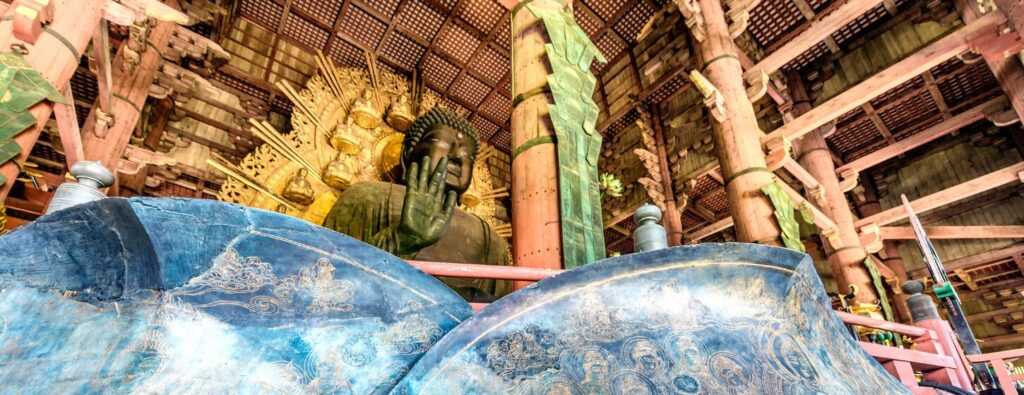
Key Attractions
Great Buddha Hall (Daibutsuden)
• The centerpiece of Todaiji, this massive wooden structure is one of the largest wooden buildings in the world. It houses the 15-meter tall bronze statue of Vairocana Buddha (Daibutsu), an awe-inspiring sight.
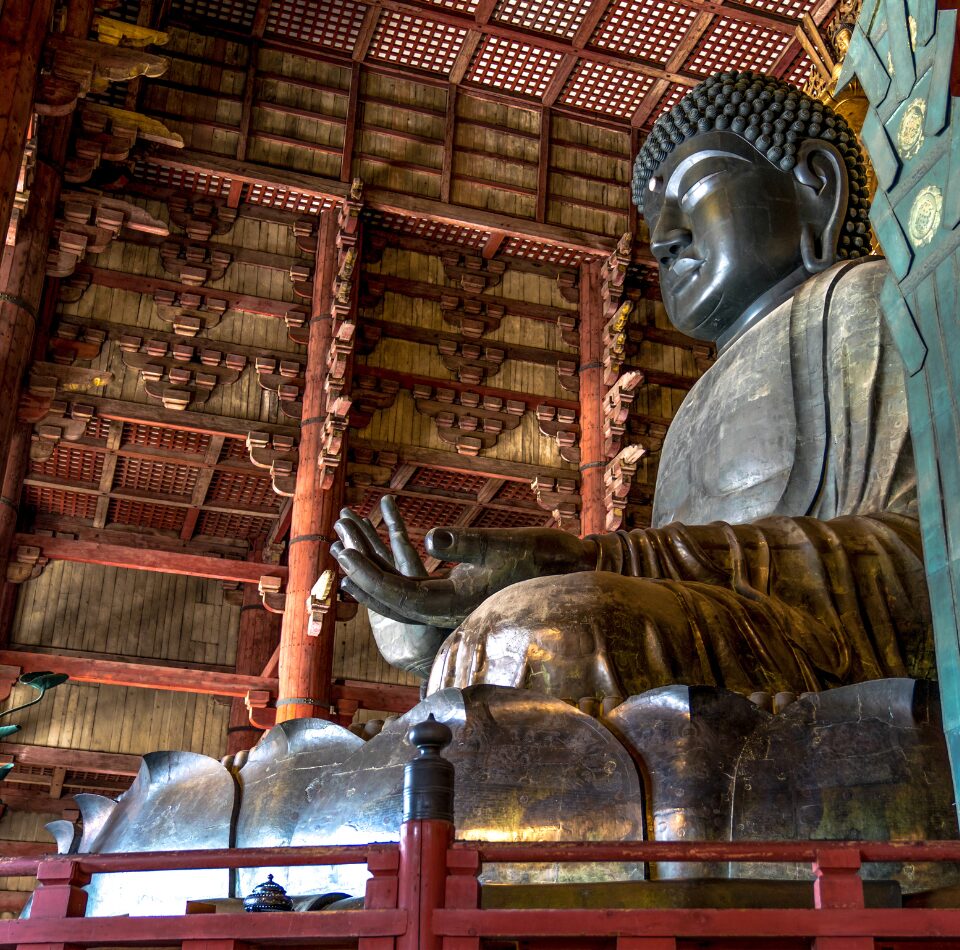
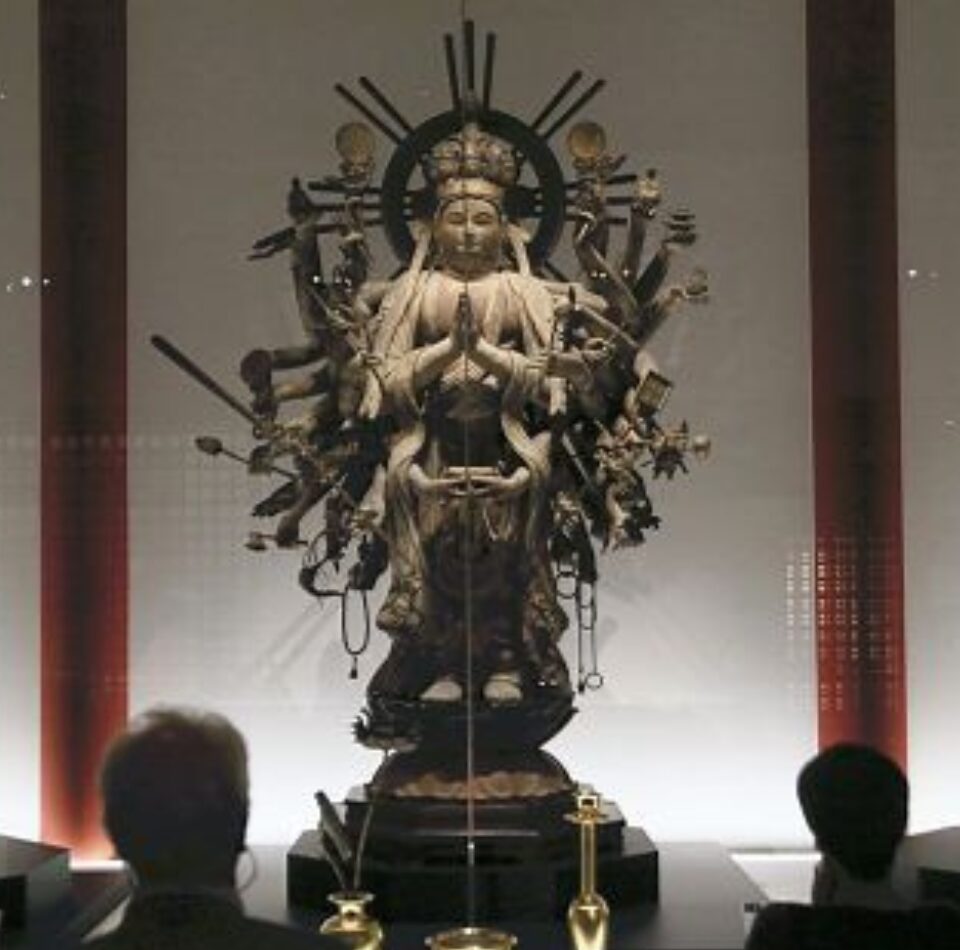
Todaiji Museum
• Located near the Great Buddha Hall, the museum displays a rich collection of Buddhist art and artifacts, including statues, scriptures, and other cultural treasures.
Nigatsudo Hall
• Known for its beautiful views over Nara, especially during the Omizutori festival in March, where large torches are carried up the steps and lit, creating a dramatic and ancient spectacle.
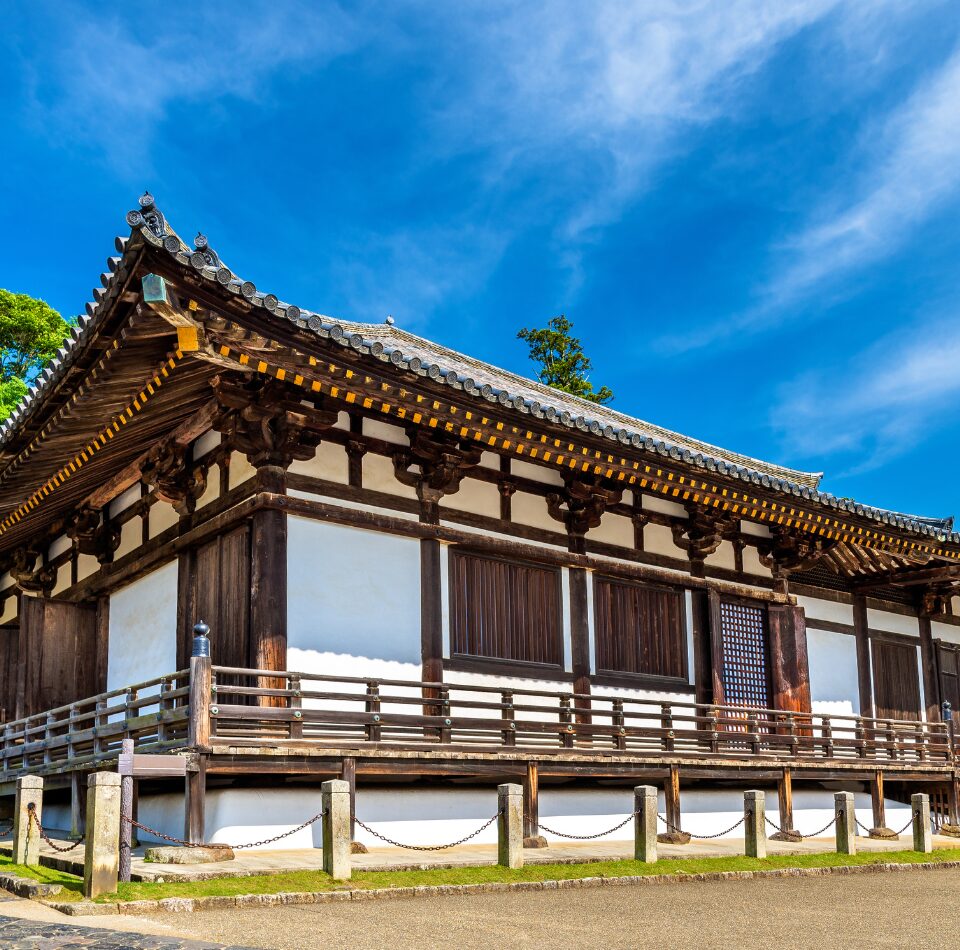
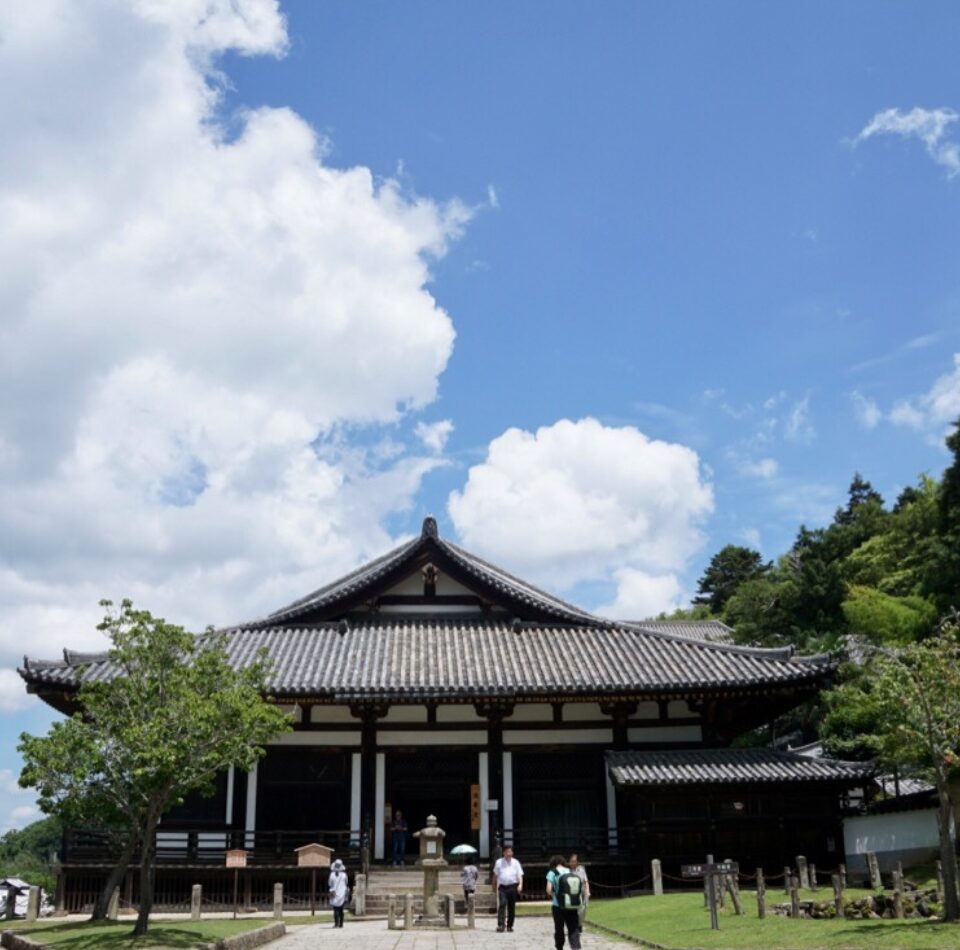
Hokkedo (Sangatsudo)
• This hall contains some of Todaiji’s oldest and most revered statues, including the Fukukenjaku Kannon, a designated National Treasure.
Kaidanin
• The ordination hall, where monks take their vows, features statues of the Four Heavenly Kings (Shitenno), which are considered masterpieces of Buddhist sculpture.
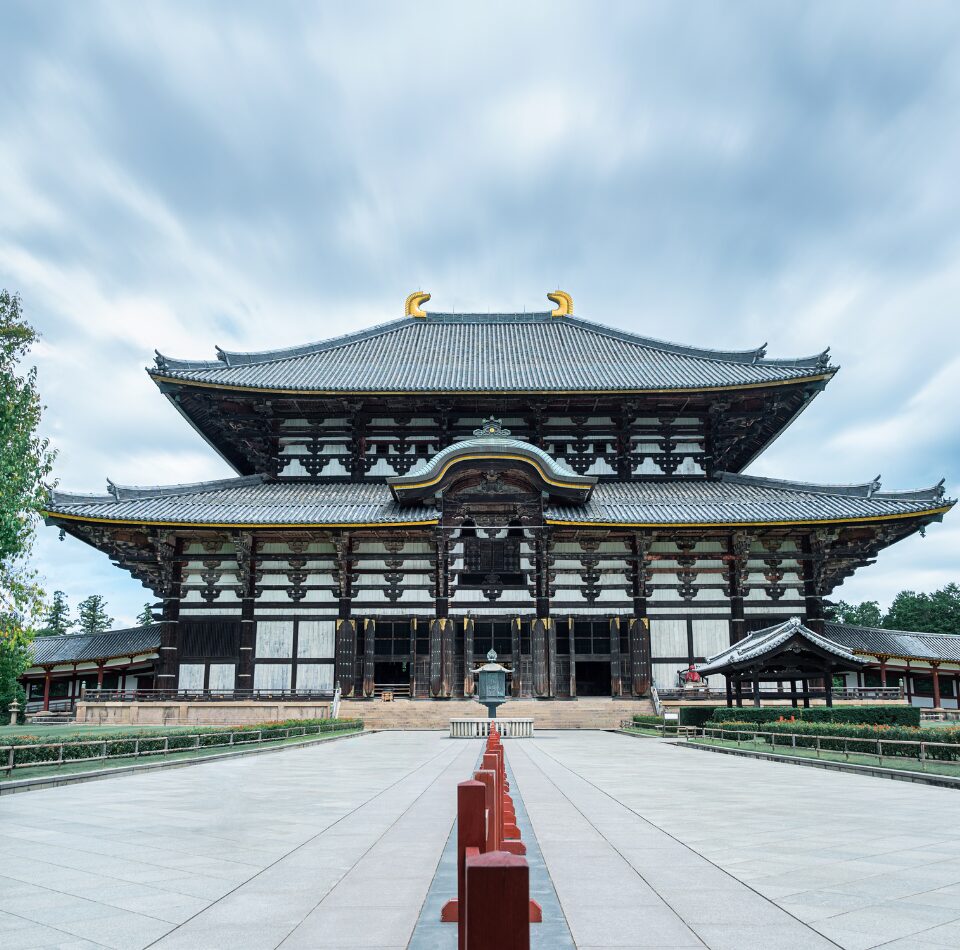
Photography Spots
Great Buddha Hall
Capture the imposing structure of the Daibutsuden from various angles to showcase its grandeur and architectural beauty.
Great Buddha (Daibutsu)
Take close-up shots of the serene face of the Great Buddha to emphasize its detailed craftsmanship and monumental scale.
Nigatsudo Hall
Photograph the panoramic views of Nara from Nigatsudo, especially during sunset for a breathtaking scene.
Hokkedo Hall
Focus on the intricate details of the statues within the hall, highlighting their artistic and historical significance.
Temple Grounds
The expansive temple grounds with their seasonal changes offer excellent opportunities for capturing the beauty of nature, from cherry blossoms in spring to colorful foliage in autumn.
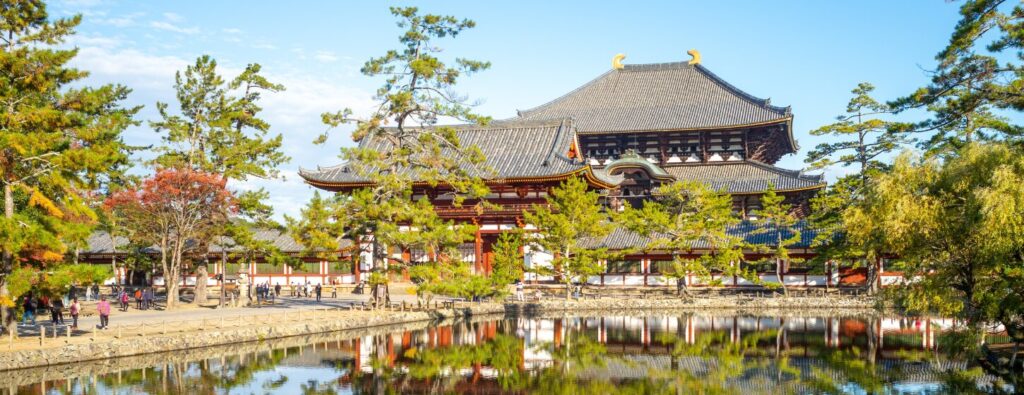
Todaiji Temple is not just a place of worship but a cultural and historical marvel that provides visitors with a profound sense of Japan’s Buddhist heritage and architectural ingenuity.

